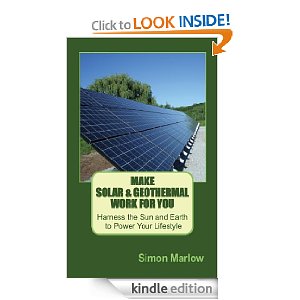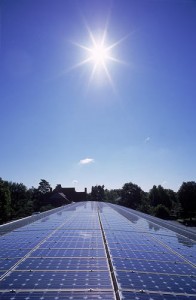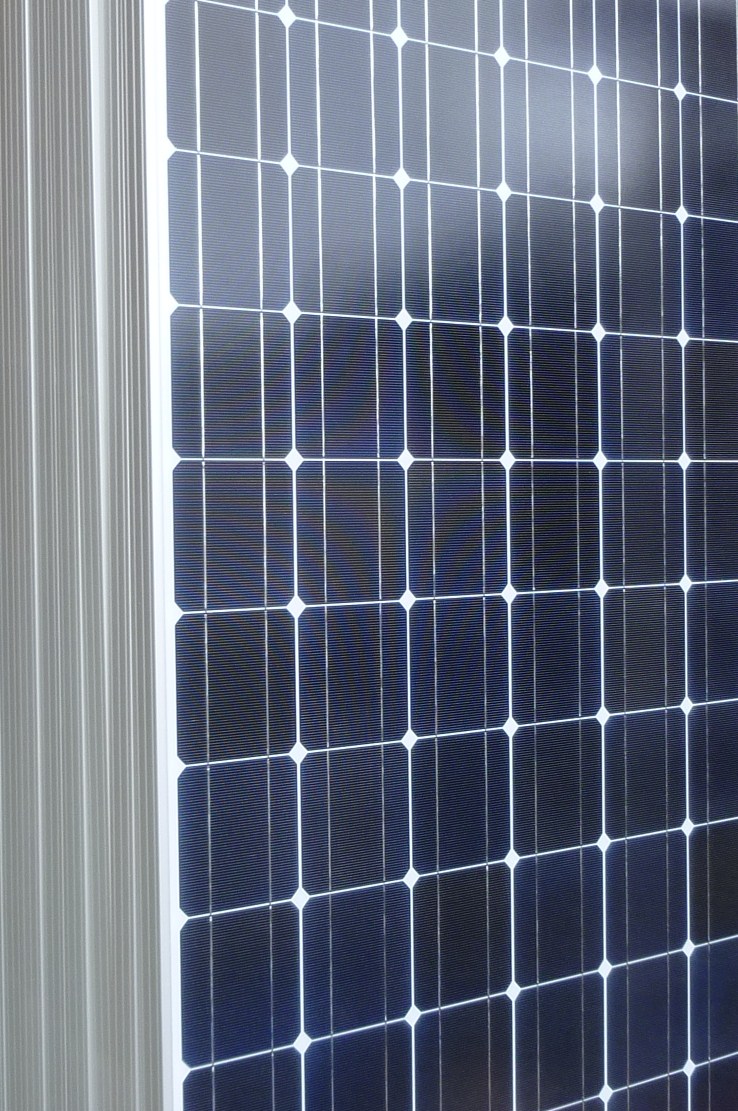There are not too many people who really want to go back to with living without our modern appliances like stoves, fridges or air conditioners. The problem is that we need to figure out a way for powering our homes without destroying our world around us. Many are considering solar energy as a strong alternative to fossil fuel power. Before we get too excited, let’s consider the advantages and disadvantages of solar power in its various forms.
Environmental Concerns and Storage – Is Solar as Safe as We Think?
Production
Obviously when using this particular form of renewable energy, one big advantage is low environmental contamination. Unfortunately, many toxic metals and chemicals, lead and cadmium, are used during equipment production. As long as manufactures take appropriate precautions while using and disposing dangerous chemicals this is not too serious an issue, but it must be stated that the making of photovoltaic solar panels is not an entirely clean process.
Solar thermal energy is a different story. While costs are higher, the production of solar thermal systems is considerably cleaner, and the “environmental payback time” is less. Solar thermal energy is used to heat air or water – either to directly heat homes, hot water and swimming pools, or to then generate electricity. It is a different system to the common PV solar panels, and so far less common for electricity generation, though certainly solar hot water systems are very popular in sunny countries like Australia.
Storage
 Battery storage can be more of a problem. When using basic golf cart batteries for storage, consumers need to be cautious of the toxic gasses they can vent. There are batteries that do not vent gasses but they are expensive, running thirty percent more cost-wise.
Battery storage can be more of a problem. When using basic golf cart batteries for storage, consumers need to be cautious of the toxic gasses they can vent. There are batteries that do not vent gasses but they are expensive, running thirty percent more cost-wise.
Of course, many people with grid-connected home solar power systems don’t need battery backup, but storage is still an issue on a larger scale, since solar energy is often not available at peak need times, ie 4-8pm and on especially hot or cold days. However, there are teams of scientists around the world working on this problem, and Maria Forsyth, of the Electromaterials and Corrosion Sciences at Deakin University estimated in March 2012 that safe sodium batteries would be available for small scale devices within five years, and for upscale installations within ten.
Even though these problems with manufacturing are a definite issue, the overall ecological impact of solar power has a far more positive impact than the use of oil as well as gas. Overall, it is estimated that the embodied energy in solar panels will be “paid back” by the energy they produce in two-five years.
Availability
One decided disadvantage of solar power is that it is only available when the sun is shining. That doesn’t just mean your solar panels may generate less electricity on very cloudy days, it means they won’t generate any at all once the sun goes down. Of course, as I pointed out above, that need not be an issue for you if you are grid connected. But on a community wide scale it is very much an issue with solar energy.
Of course, this doesn’t mean solar won’t be a very significant part of the solution to our power needs as we move away from fossil fuels globally, but it does mean it won’t be the sole solution. It will need to be combined not only with storage, but with other methods of energy generation to provide a sustainable and reliable electricity supply.
The Cost of Installing Solar Power

Initial costs for harvesting sun light can be overwhelming for the average householder, although the cost of solar panels reduced by almost half in 2011. Basic equipment and installation can still be expensive though. Although DIY solar panels are an option for some, most will need to hire a professional.
However, initial expenses can be recovered over time, eventually providing major savings for a consumer. In areas that have grid connect programs, extra energy generated can often be sold to the power company. There are also federal and state grants and subsidies for installing solar power in many areas, though certainly these come and go. Over all, if up front costs can be managed, a solar power system for your home will likely pay for itself many times over.
Space and Roof Aspect
Solar panels plus the batteries for energy storage (if you use them), take up a lot of space. To have an effective solar power system you will need sufficient roof space with the right orientation. However, your roof does not have to have perfect orientation to be effective (See ‘Is my home suitable for rooftop solar power installation?‘ in our article Installing Residential Solar Power Systems). Technology is advancing; engineers are learning how to shrink panels enough so their size will not be a future concern, as well as making them more effcient, so that orientation is already less critical than it was a couple of decades ago.
So what about sunny vs cloudy days, and what about shade? The fact is that your solar panels will often be more efficient on a partially cloudy day in summer – when it gets too hot, they actually become less efficient. So cloudy days aren’t a particular disadvantage, but shade can be. If your roof is permanently shaded, it’s possible that solar panels will not be the way to go, but do speak to a professional (who can assess your particular situation) before making a call on that.
It has to be said then, that the advantages and disadvantages of solar power generally weigh in on the positive side. The ability to be free from dependency on oil and coal provides a cleaner future with many possibilities. Smaller equipment design, more efficient batteries, and lower cost, are all progressing already. Weighing up the pros and cons of solar energy, the answer is clear: Look up; our future is truly in the sky, shinning above us.
Terry Contento is a freelance writer living and working in Sunny Queensland. His house is powered by solar panels with back up from the grid.



